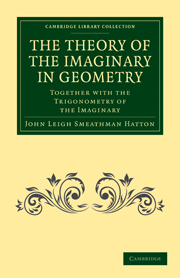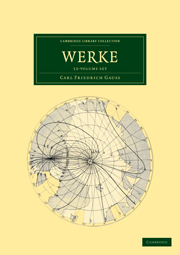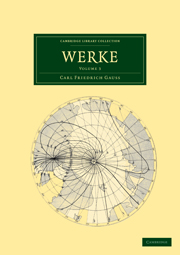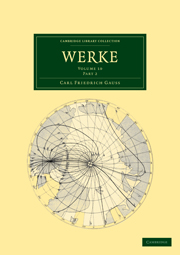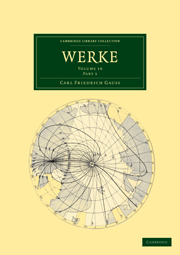The Theory of the Imaginary in Geometry
John Leigh Smeathman Hatton (1865–1933) was a British mathematician and educator. He worked for 40 years at a pioneering educational project in East London that began as the People's Palace and eventually became Queen Mary College in the University of London. Hatton served as its Principal from 1908 to 1933. This book, published in 1920, explores the relationship between imaginary and real non-Euclidean geometry through graphical representations of imaginaries under a variety of conventions. This relationship is of importance as points with complex determining elements are present in both imaginary and real geometry. Hatton uses concepts including the use of co-ordinate methods to develop and illustrate this relationship, and concentrates on the idea that the only differences between real and imaginary points exist solely in relation to other points. This clearly written volume exemplifies the type of non-Euclidean geometry research current at the time of publication.
Product details
February 2011Paperback
9781108013109
230 pages
216 × 140 × 13 mm
0.3kg
Available
Table of Contents
- Preface
- 1. Imaginary points and lengths on real straight lines. Imaginary straight lines. Properties of semi-real figures
- 2. The circle with a real branch. The conic with a real branch
- 3. Angles between imaginary straight lines. Measurement of imaginary angles and of lengths on imaginary straight lines. Theorems connected with projection. 4. The general conic
- 5. The imaginary conic
- 6. Tracing of conics and straight lines
- 7. The imaginary in space
- Indexes.

